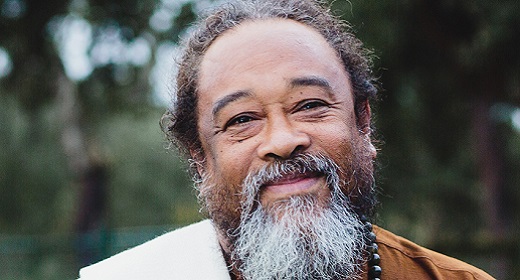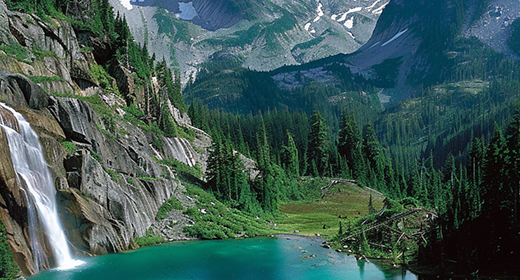by Dr. Alberto Villoldo: The Bhagavad Gita was written at a time when the Indian subcontinent was rife with conflict between royal families…

As the narrative begins, the archer Arjuna is preparing to do battle against a formidable army of his relatives. It is Arjuna’s karma, his duty to fight, but he is deeply conflicted at the prospect of battling his own kin.
War in this legend is a metaphor for the challenges involved in dealing with the conflicts of human existence, and Krishna, in his advice to Arjuna, imparts timeless wisdom for quieting the inner turmoil we all face: Only when we still the inner war can we receive the wisdom of the universe.
Arjuna cries out to Krishna, who is acting as his charioteer, to help him avoid the battle that will surely result in death and suffering for all. Just as both sides are about to charge, Krishna stops the action, like a director freezing the frame of an epic film just before the bloodshed begins.
Like Arjuna, we find it almost impossible to gain any perspective on our lives when we’re embroiled in a battle with our boss or spouse or children—even in a fight for our health—and we’re trying to sort out what to do. We have to become still in the midst of the turmoil so we can observe clearly how our actions and the actions of others, past and present, fit together in the tapestry of life. In the timeless instant when we stop moving and simply witness the moment, the dust settles and the big picture emerges. Then, with this new map of reality in hand, we can choose wisely what course to pursue.
Struggle is a part of life, Krishna tells Arjuna, but we have to resist getting caught up in the dramas we create around our struggles. Then we can take whatever action is necessary “without any thought of results, / open to success or failure.”
Our ordinary mental maps can help us figure out how to navigate everyday life, but there are times when their limitations are clear. Whenever our survival maps are running the show, our emotions and hard-core beliefs get in the way. When that happens, we need to stop and observe what is happening without judgment. In the stillness, we can hear a higher voice. Then we realize that Spirit has been with us all along.
Like the hummingbird flying over the ocean in response to a distant calling, we can rely on our inner guidance to lead us safely to the other shore. Krishna explains to Arjuna that everything we do can become an offering to the divine and that we shouldn’t be fixated on achieving specific results. Sometimes when we’re pulled off course, it’s because we’re meant to experience something other than what we planned. Spirit may have ideas for our life that don’t make sense to us at first. There is a greater order that is invisible to humans, Krishna tells Arjuna, and we have to align ourselves with this higher plan.
In stillness, we can receive as much guidance from Spirit as we are willing to invite. Sometimes all we want to know is how to respond to our lover or our child; other times we may be ready to learn the true nature of reality and the cosmos. We can set the bar at whatever level we want. We may be called to action or to nonaction. (Nonaction doesn’t mean doing nothing but rather making a conscious choice not to intervene, allowing situations that can resolve themselves on their own to do so.) Not acting can be even more powerful than acting: it requires great strength not to make a move or react or rescue someone. Non-doing is the essential practice of the North. When we choose to refrain from action and remain still, the fabric of reality is revealed to us and we recognize its awesome precision. Perceiving the hidden fabric of life is true wisdom. Knowing how we fit into the grand story weaving this fabric gives us the perspective of the sage.
Since most of us are unlikely to meet a Krishna, how can we witness the vast workings of creation? One of the most effective ways of quieting manic mental activity and finding stillness is to pay attention to the space between breaths. It’s in the pause—the moment between inhaling and exhaling—that you find stillness. Breathing is an autonomic response, and we can’t stop it altogether or we die. But we can change the rate of respiration. Breathing practices, many of them ancient techniques, are designed to bring the mind into a state of tranquility and balance. We have the power to cultivate equanimity by consciously controlling the breath.
As you cultivate stillness, everyday challenges will cease to assume crisis proportions. When you’re able to take a more expansive view, the world becomes a place of abundance that supports a rich and rewarding life. The frenetic race to get ahead gives way to an awareness that life doesn’t have to be a struggle. In the North, you are called to bring beauty, healing, and peace to yourself and the world. How best to carry out this mission may not be immediately apparent, but as you continue to practice stillness, it will be revealed to you. All you need to do is make a commitment to healing and then let Spirit take care of the details.







































